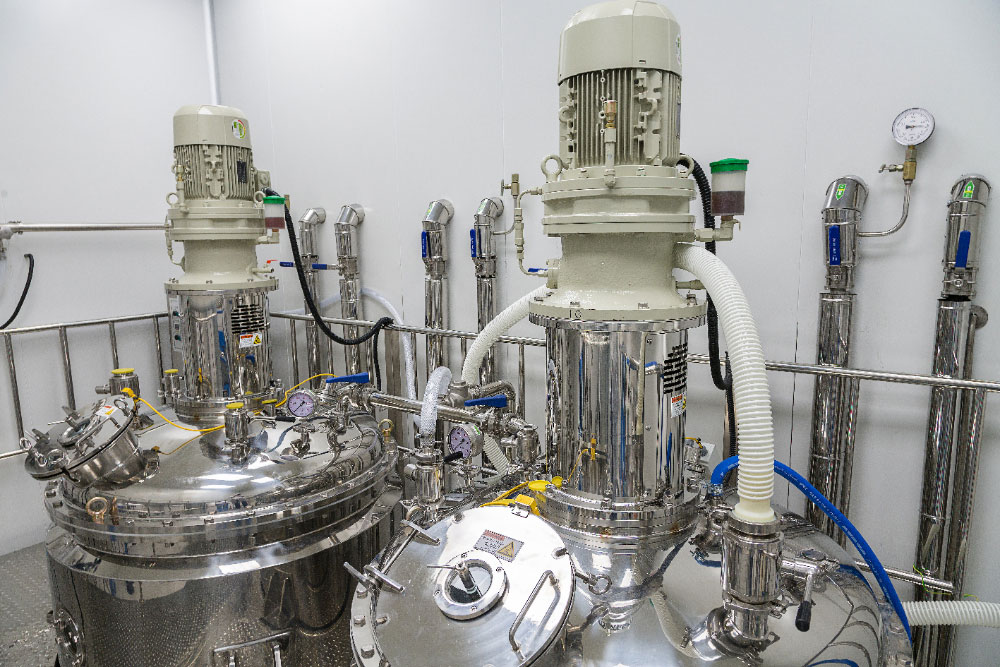

In industries like chemical processing, pharmaceuticals, and petrochemicals, camlock couplings are often used to transfer a variety of fluids, including aggressive chemicals. When dealing with mixed chemical applications, ensuring that couplings can handle different fluids safely and efficiently is crucial. This requires careful design, material selection, and sealing solutions. Let’s take a closer look at the key design considerations for camlock couplings used in multi-fluid chemical systems.
Chemical Compatibility is the primary challenge in mixed chemical systems. Different chemicals may require different materials for the camlock couplings to avoid degradation, corrosion, or leaks. The coupling needs to work seamlessly with all fluids involved, whether it’s an acid, base, or solvent.
In addition, preventing cross-contamination between chemicals is a critical factor. A coupling system must ensure that the fluids are kept separate until they are safely transferred. This is especially important in applications where even trace amounts of contamination can compromise safety or product quality.

The choice of materials is vital for chemical resistance. Camlock couplings exposed to aggressive chemicals need to be constructed from materials that won’t corrode, degrade, or react with the fluids. Common materials include:
Additionally, seal material plays a significant role. Viton or EPDM seals are common for their high chemical resistance, but the right choice depends on the chemical environment. For high-temperature or aggressive chemical applications, PTFE seals may be preferred.
In multi-fluid applications, off-the-shelf seals might not provide the best performance. Custom seals or multi-material gaskets are often necessary to ensure tight sealing and prevent fluid mixing. The sealing solution must maintain integrity under:
Using dual-sealing designs or swivel connections can further improve reliability in mixed chemical environments, reducing the risk of leaks and contamination.
In systems transferring multiple chemicals, it’s important to incorporate flow control mechanisms to prevent backflow or unwanted mixing. This can be achieved through:
In some cases, it's essential to color-code or tag couplings and lines to identify which chemicals are connected to each system, helping operators prevent mistakes in fluid handling.

For camlock couplings used in mixed chemical applications, rigorous testing is essential to ensure compatibility and safety:
Additionally, third-party certifications, such as ISO, FDA, oder ATEX (for explosive environments), can provide confidence that the coupling meets industry standards for safety and performance.
Camlock couplings are used in a variety of industries where multi-fluid compatibility is essential. Some key examples include:
Each application requires a specific coupling design that balances chemical resistance, pressure tolerance, and seal integrity.
Designing camlock couplings for multi-fluid chemical applications is a complex task, but one that’s essential for maintaining safety and efficiency in critical industries. The right combination of materials, seals, and flow control features ensures that couplings can handle diverse chemicals without risk of degradation or contamination. By carefully selecting materials, testing thoroughly, and considering custom sealing solutions, manufacturers can provide camlock couplings that perform reliably in mixed chemical environments.
For businesses handling multiple chemicals, ensuring that your couplings meet all of these requirements is critical for safe and efficient fluid transfer.
